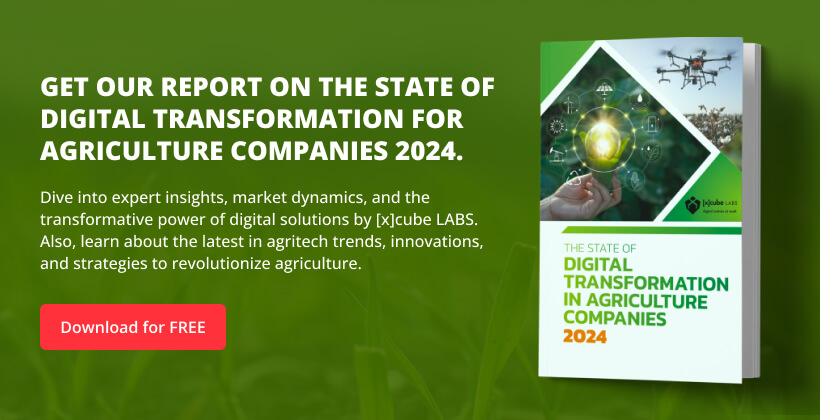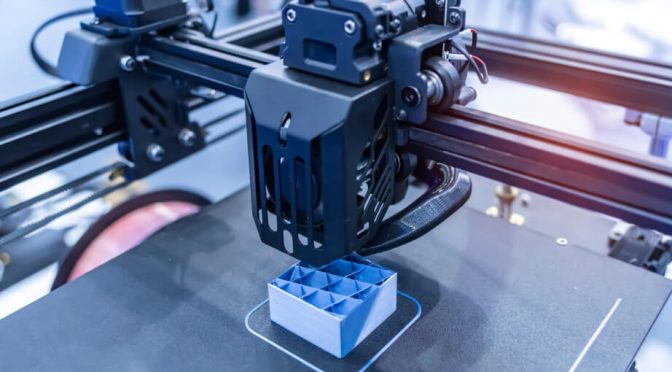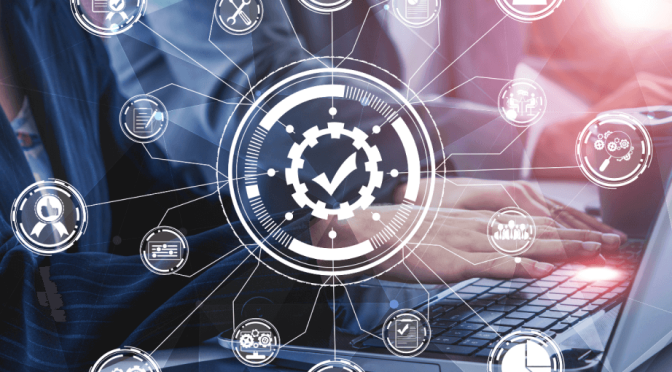Generative AI for Comprehensive Risk Modeling

Risk modeling is a technique for predicting, evaluating, and mitigating the impact of a given risk on any organization. Businesses face varying risks in this fast-paced and data-driven world, including financial risk modeling and cybersecurity threats. Traditional risk assessment methods are evolving through Generative AI, which allows for deeper insights and accurate forecasts. But what is Risk Modeling in this scenario, and how can the possibilities offered by Generative AI be leveraged to heighten it?
What is Risk Modeling?
Risk modeling comprises math, enabling organizations to identify and evaluate potential risks in their historical and real-time data. It is highly significant in applications that forecast future risks and ways of mitigation in areas such as finance, insurance, health care, and even cybersecurity.
Traditional risk models rely on statistical and probabilistic methods, but they often fail to capture the complexity of dynamic risks in an evolving business environment.
According to a study by Allied Market Research, the global risk analytics market is expected to reach $74.5 billion by 2027, growing at a CAGR of 18.7% from 2020 to 2027. This growth is driven by the increasing need for advanced risk assessment tools, where AI plays a crucial role.

The Role of Generative AI in Risk Modeling
Generative AI, powered by deep learning and neural networks, offers several advantages in risk modeling:
1. Enhancing Predictive Accuracy
However, conventional risk models base their predictions on pre-defined assumptions that cannot cover all possible complex risks in the worst-case scenarios. With generative AI analyzing extensive datasets, identifying invisible, hidden patterns, and simulating various risk scenarios, it can also help in more accurate predictions. A McKinsey report highlights that AI-powered risk models can improve forecasting accuracy by up to 25-50% compared to traditional methods.
2. Stress Testing and Scenario Generation
Generative AI could generate thousands of possible risk scenarios, from very normal to rare and highly severe events. Stress testing is required by regulation in sectors such as finance and insurance, and this capacity is invaluable in such instances. Stress tests make these industries compliant with several rules.
A study by PwC reported that AI stress-testing models could help make organizations more resilient by improving risky scenario simulations by about 30%.
3. Detecting Anomalies and Fraud
AI-driven risk models excel at identifying outliers and fraudulent activities in real time. For example, AI-powered risk detection systems in cybersecurity can analyze millions of transactions per second to detect fraudulent patterns. Statista says AI-powered fraud detection systems reduce financial fraud losses by 20-40% annually.
4. Automating Risk Assessment Processes
Manual risk assessment processes are slow and prone to human error. Generative AI automates these processes, freeing risk managers to focus on strategic decisions.
According to Deloitte, AI-powered risk assessment tools can maximize operational efficiency by 40-60%, drastically cutting down the time required to evaluate risks from several weeks to a few hours.
5. Real-time Risk Monitoring and Adaptation
While traditional models prepare static reports, AI-based models use current data inputs and readjust risk predictions on the fly. Real-time risk assessments play a vital role in stock market investment decisions.

Industry Use Cases of AI in Risk Modeling
1. Financial Services
Banks and financial institutions use AI modeling to assess risk, detect fraud, and analyze investments. The World Economic Forum states that AI-driven credit risk modeling reduces default rates from 15 to 30 percent.
2. Insurance Sector
Insurance companies use AI-powered models to predict claim fraud, underwriting risks, and premium pricing. An IBM report shows that AI-based underwriting reduces processing time by 70%, enhancing efficiency and accuracy.
3. Healthcare Industry
AI-based risk modeling is used in healthcare to forecast diseases, evaluate treatment risks, and monitor patients. According to a research publication in The Lancet, these predictive analytics can cut hospitalization risk by 35%.
4. Cybersecurity
AI-powered risk models help organizations detect data breaches, malware attacks, and insider threats. Research by Gartner predicts that AI-driven cybersecurity solutions will reduce data breach incidents by 50% by 2025.
5. Supply Chain and Logistics
It allows generative AI techniques to model supply chain risks such as disruptions, demand variability, and logistics delays. According to McKinsey, AI models for analyzing supply chain risks are expected to increase inventory accuracy from 30% to 50% and reduce operational risks.
Challenges and Limitations of AI in Risk Modeling
While AI-powered risk modeling offers numerous benefits, it comes with challenges:
- Data Bias and Quality Issues: AI models‘ risk predictions highly depend on high-quality data input; inaccurate or biased data would mislead and lead to incorrect predictions.
- Regulatory Compliance: AI-driven risk assessment models must comply with industry regulations such as GDPR, Basel III, and HIPAA.
- Interpretability and Explainability: Many AI models function as “black boxes,” making it difficult for risk managers to understand the decision-making process.
- Cybersecurity Risks: AI systems can be vulnerable to cyber threats, requiring additional security measures.
Future of AI in Risk Modeling
The future of AI-powered risk modeling looks promising with continuous advancements in:
- Explainable AI (XAI) to improve model transparency.
- Quantum computing is used to enhance risk analysis speed and efficiency.
- AI-powered edge Computing for real-time risk detection.
- Hybrid AI Models that combine traditional statistical methods with deep learning.
According to a Forrester report, over 80% of risk management professionals will integrate AI-driven risk modeling solutions by 2030.
Key Takeaways:
- Risk modeling is a way to help organizations identify and mitigate possible risks.
- Generative AI enhances risk modeling by providing more sophisticated projections, automation, and real-time monitoring.
- Models based on artificial intelligence increase forecasting accuracy by 25% to 50%.
- AI primarily works in finance, healthcare, and cybersecurity, reducing risks significantly.
- The global risk analytics market is expected to reach $74.5 billion in 2027.
- These models will be more explainable and efficient in the future for AI-type predictions of risk.

Conclusion
Generative AI changes the entire risk modeling landscape with better prediction accuracy, automated risk assessment, and real-time monitoring. While AI-powered models can help enhance prediction in the face of complex risks and provide organizations with a competitive edge in managing uncertainties, challenges lie ahead. However, growing improvements in AI will soon become the drivers for more resilient, transparent, and adaptive risk modeling solutions.
Adopting AI-powered risk modeling is no longer a choice. It has become imperative for all organizations to focus their efforts on being well-prepared for a dynamic world.
FAQs:
How does generative AI improve risk modeling?
Generative AI enhances risk modeling by analyzing vast datasets, identifying hidden patterns, and generating predictive insights, leading to more accurate risk assessments.
What are the key benefits of using AI for risk management?
AI-driven risk modeling improves decision-making, increases efficiency, reduces human bias, and enhances adaptability to emerging risks.
Can generative AI help with regulatory compliance in risk management?
Yes, AI can streamline compliance by monitoring regulations, analyzing risk exposure, and generating reports that align with regulatory requirements.
What industries benefit the most from AI-driven risk modeling?
Finance, insurance, healthcare, cybersecurity, and supply chain management leverage AI to predict, assess, and mitigate risks effectively.
How can [x]cube LABS help?
[x]cube has been AI-native from the beginning, and we’ve been working with various versions of AI tech for over a decade. For example, we’ve been working with Bert and GPT’s developer interface even before the public release of ChatGPT.
One of our initiatives has significantly improved the OCR scan rate for a complex extraction project. We’ve also been using Gen AI for projects ranging from object recognition to prediction improvement and chat-based interfaces.
Generative AI Services from [x]cube LABS:
- Neural Search: Revolutionize your search experience with AI-powered neural search models. These models use deep neural networks and transformers to understand and anticipate user queries, providing precise, context-aware results. Say goodbye to irrelevant results and hello to efficient, intuitive searching.
- Fine-Tuned Domain LLMs: Tailor language models to your specific industry for high-quality text generation, from product descriptions to marketing copy and technical documentation. Our models are also fine-tuned for NLP tasks like sentiment analysis, entity recognition, and language understanding.
- Creative Design: Generate unique logos, graphics, and visual designs with our generative AI services based on specific inputs and preferences.
- Data Augmentation: Enhance your machine learning training data with synthetic samples that closely mirror accurate data, improving model performance and generalization.
- Natural Language Processing (NLP) Services: Handle sentiment analysis, language translation, text summarization, and question-answering systems with our AI-powered NLP services.
- Tutor Frameworks: Launch personalized courses with our plug-and-play Tutor Frameworks that track progress and tailor educational content to each learner’s journey, perfect for organizational learning and development initiatives.
Interested in transforming your business with generative AI? Talk to our experts over a FREE consultation today!
![Blog-[x]cube LABS](https://d6fiz9tmzg8gn.cloudfront.net/wp-content/uploads/2016/06/blog_banner.jpg)






